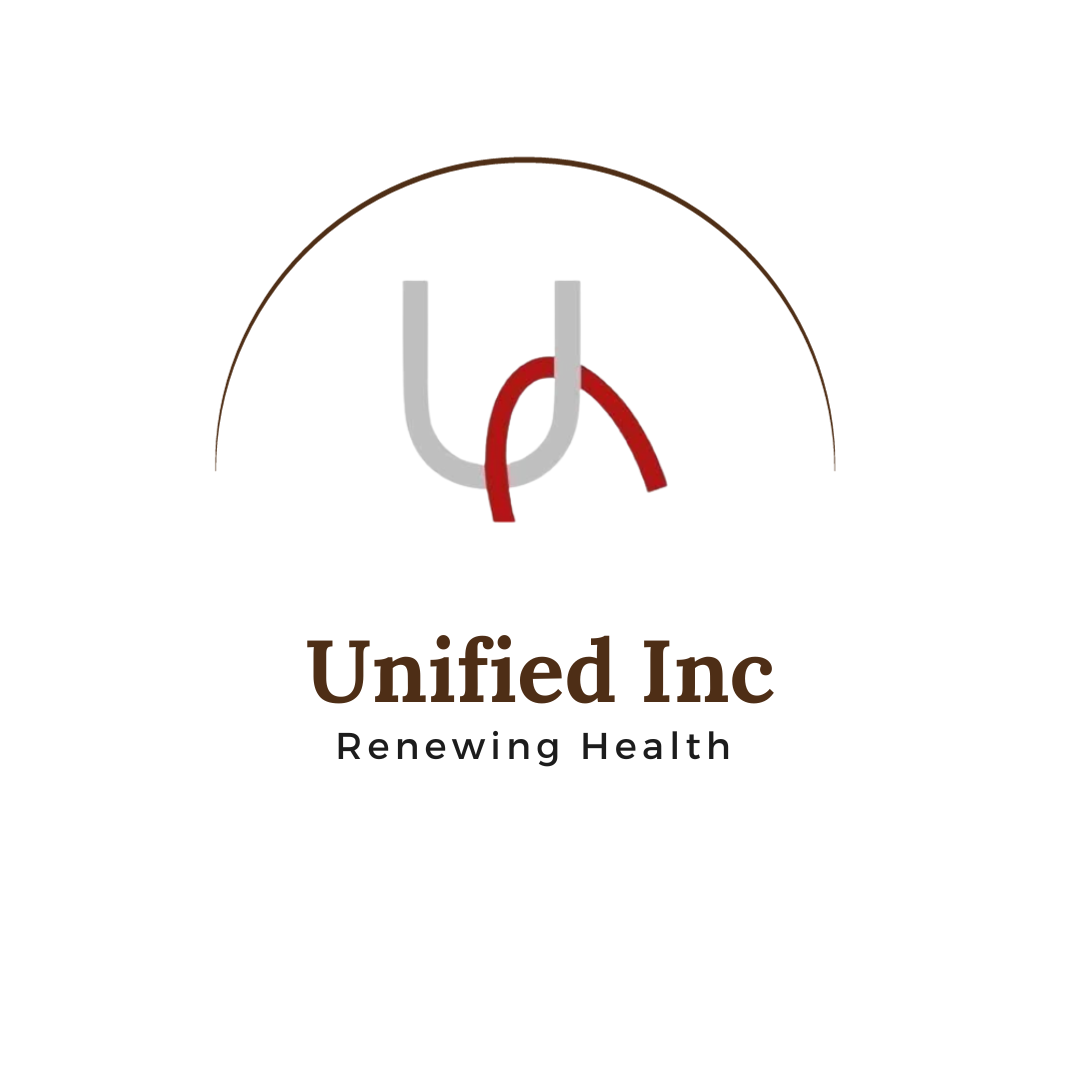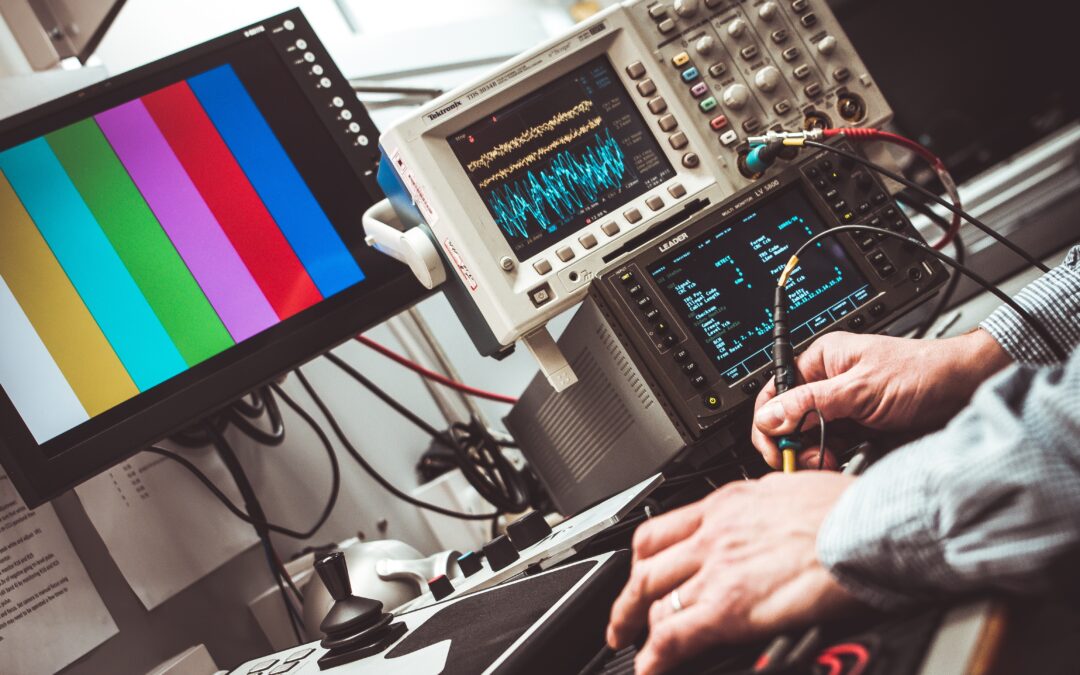
Because it is often less expensive than new equipment, refurbished medical equipment is an intriguing alternative for many hospitals. As with any major purchase, physicians must
analyse their alternatives to discover the greatest match for their demanding budgets and requirements. In this article, we will look at what medical professionals should think about while purchasing reconditioned equipment.
What does refurbished mean?
Before you start looking for refurbished equipment, you need understand what the refurbishing process comprises. Because the refurbishing procedure is meant to return the device to original equipment manufacturer (OEM) requirements, properly refurbished medical equipment performs as well as new equipment. The refurbishing procedure varies depending on the kind and condition of the equipment, but it always includes a thorough inspection, replacement of old parts, recalibration, aesthetic maintenance, and equipment testing.
Medical equipment is often expensive and complex, making it difficult for small hospitals to invest in modern equipment. Reconditioned medical equipment offers cost-effectiveness, immediate access, and excellent quality. It meets safety regulations and undergoes thorough testing to ensure proper functioning. Reconditioned equipment is also environmentally friendly, as it reduces waste and contributes to sustainability in the medical industry. It is essential to inspect the equipment before purchasing to ensure it is in good working order.
Refurbished medical equipment also provides identical patient care, as it functions similarly to newer models. Manufacturers may refurbish their equipment in certain cases, while others may have a skilled technician oversee the restoration process. This approach ensures that the equipment works effectively and does not jeopardise patient care quality. Overall, reconditioned medical equipment is an excellent option for medical establishments looking to improve their services and patient care.
Cost Effectiveness
The Advantages of Refurbished Medical Equipment
Medical equipment is frequently comprised of intricate and expensive gear. It is costly to purchase, run, and maintain. Many small hospitals and clinics lack the financial means to invest in modern equipment.
A few items of medical equipment might quickly consume a tiny medical facility’s whole annual budget.
Budgeting is essential whether you manage a small or large medical business. Purchasing reconditioned medical equipment is an option.These goods have been brought up to date.
Parts that have been damaged are replaced with new ones. This assures that you are obtaining modern equipment at a fair price.
You may save money on reconditioned equipment and utilise the savings to purchase large-ticket things. Patients gain because newer technology contributes to their overall health.
Sustainability
In the medical profession, there is a clear trend towards sustainability and reduced waste. Throwing away perfectly fine medical equipment is both wasteful and harmful to the environment.
Some devices and equipment emit harmful poisons into the environment and take a long time to decompose. When there is a good alternative, it is wasteful to build new equipment.
You save money and save the environment by purchasing reconditioned medical equipment. Daily patient care generates a lot of trash in the medical industry. It might be difficult to identify strategies to preserve and decrease trash.
One option to conduct a more environmentally responsible medical practise is to use reconditioned equipment. Reduce your carbon impact by acquiring high-quality old medical equipment.
Patient Care
The healthcare industry places great emphasis on patient care, with medical professionals, facilities, and equipment providers working together to ensure the highest quality of care, with refurbished medical equipment playing a crucial role.
Healthcare providers make informed decisions to acquire refurbished equipment, as it is a cost-effective and reliable option, as it undergoes rigorous testing, maintenance, and upgrades to ensure it functions similarly to newer models, crucial for patient care.
Budget Allocation:
Budget allocation is a vital aspect that directly effects patient care in the complicated world of healthcare. Smaller hospitals, in particular, sometimes suffer budget limits that limit their capacity to get critical medical equipment. Making educated judgements regarding investing in reconditioned equipment might be game changers in such situations. Here’s why:
Refurbished medical equipment is a cost-effective and timely option for hospitals, allowing them to make the most of their budget. It reduces wait times and ensures patients receive the care they need when they need it. Refurbished equipment also allows hospitals to optimize their resources, allowing them to allocate budget to other critical areas of patient care. Reputable refurbishment providers adhere to stringent quality standards, ensuring reliable and efficient equipment. Choosing refurbished equipment aligns with sustainability goals, contributing to a more eco-friendly healthcare industry and demonstrating a commitment to responsible resource management and environmental stewardship.
Conclusion
To summarise, buying refurbished medical equipment is a strategic move that benefits both healthcare facilities and patients. It provides a cost-effective, environmentally friendly, and high-quality solution that corresponds with the healthcare industry’s shifting goals. Healthcare institutions may improve patient care, optimise budget allocation, and contribute to a more sustainable and eco-friendly healthcare environment by accepting used equipment.


Trackbacks/Pingbacks